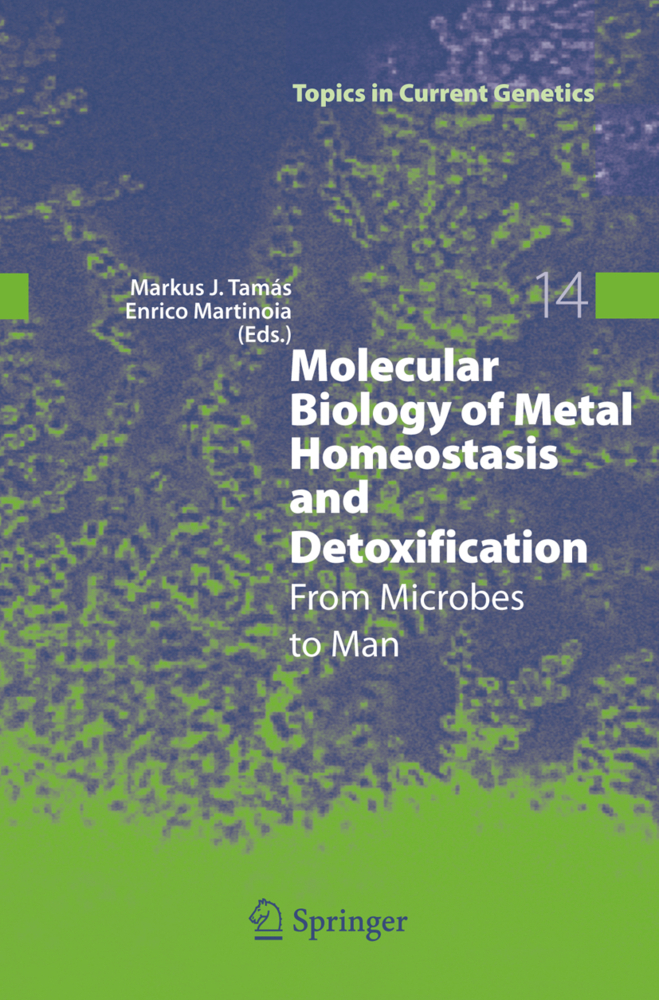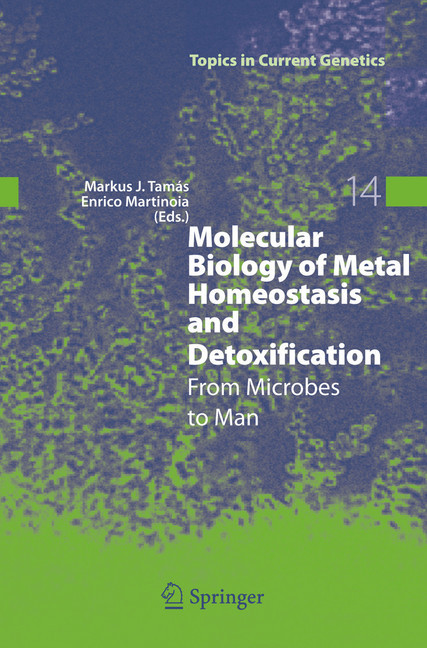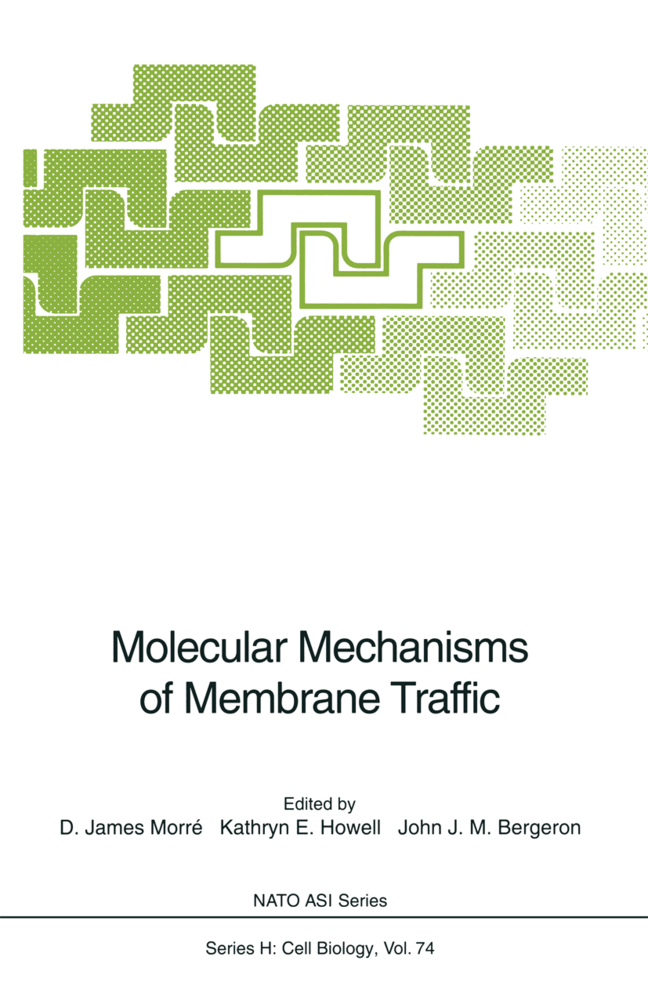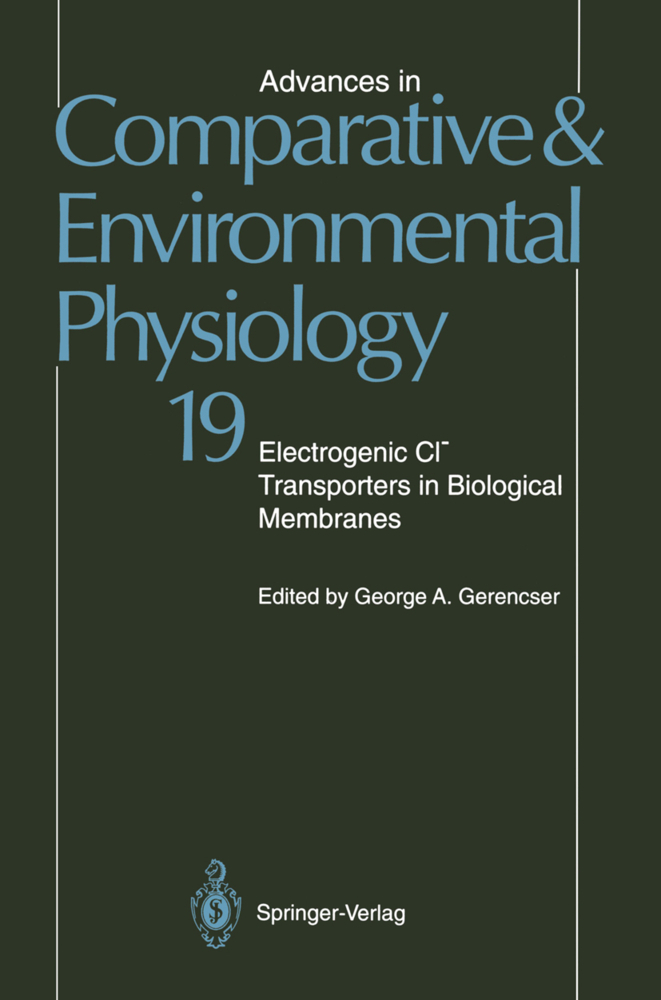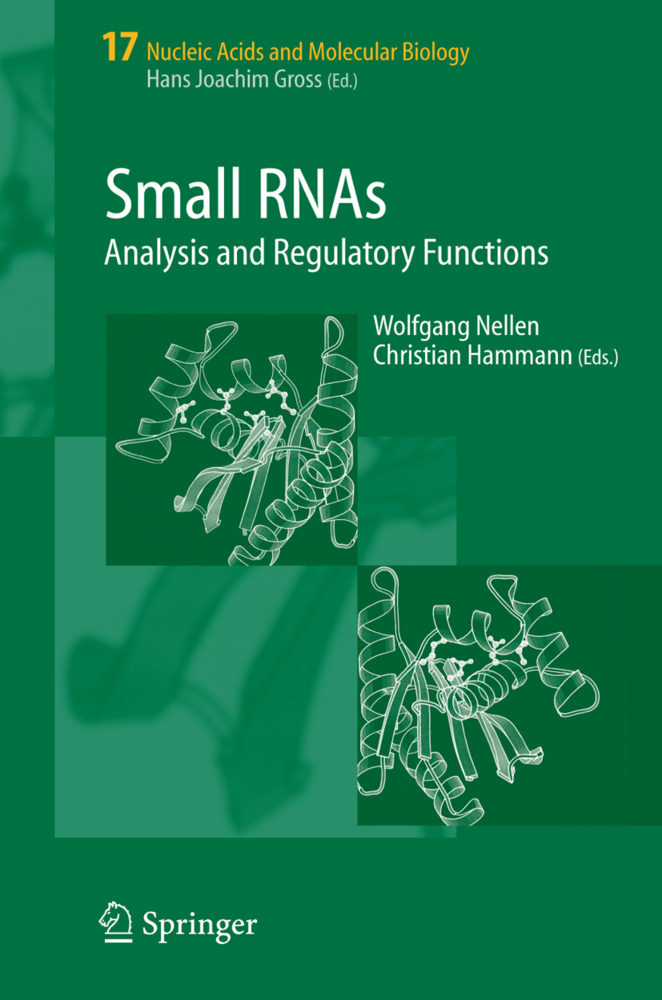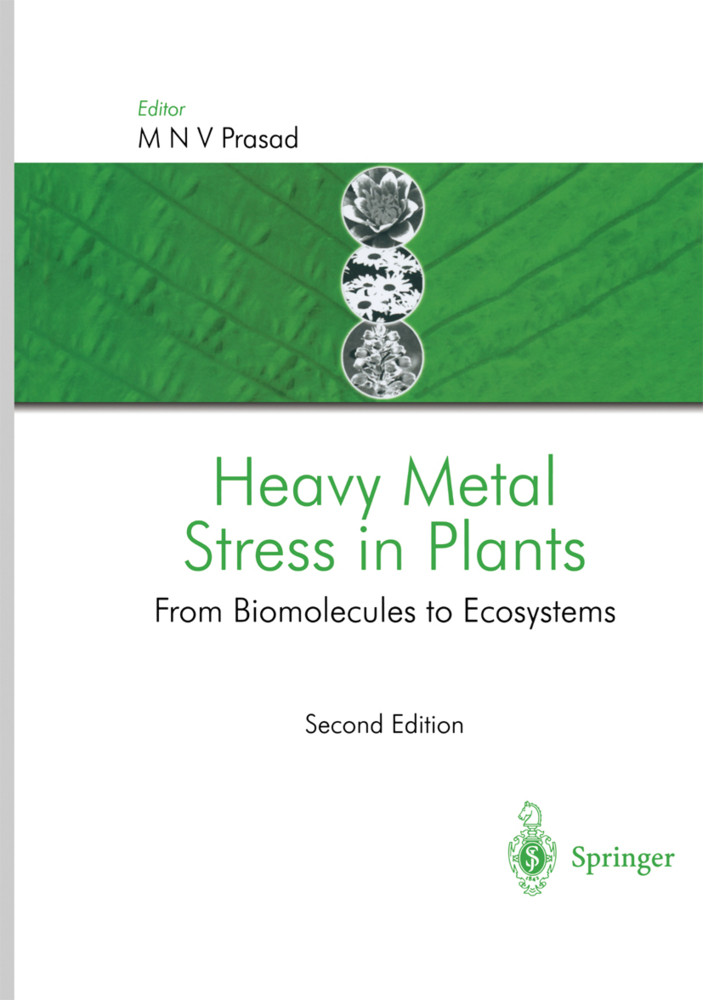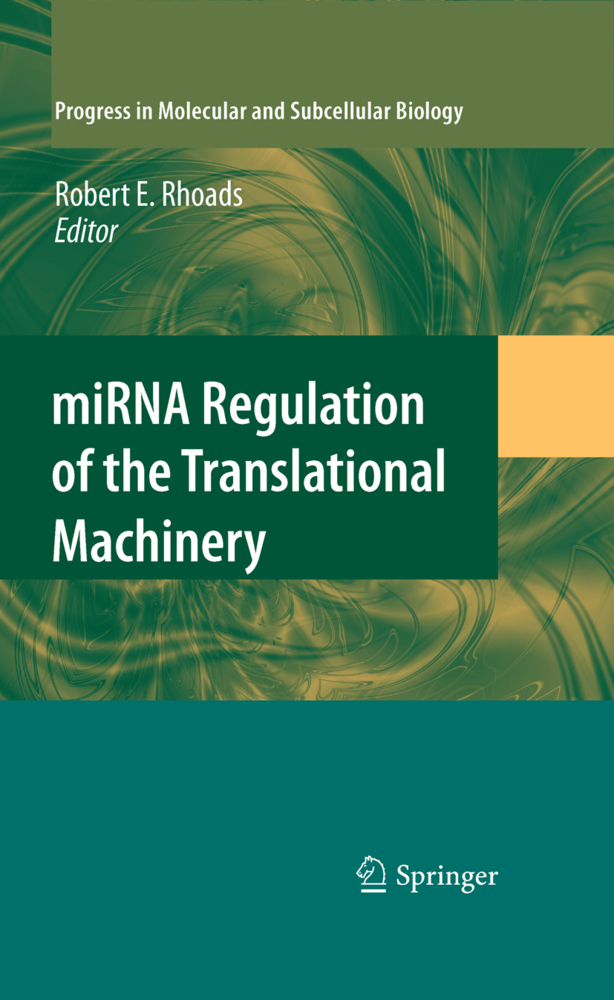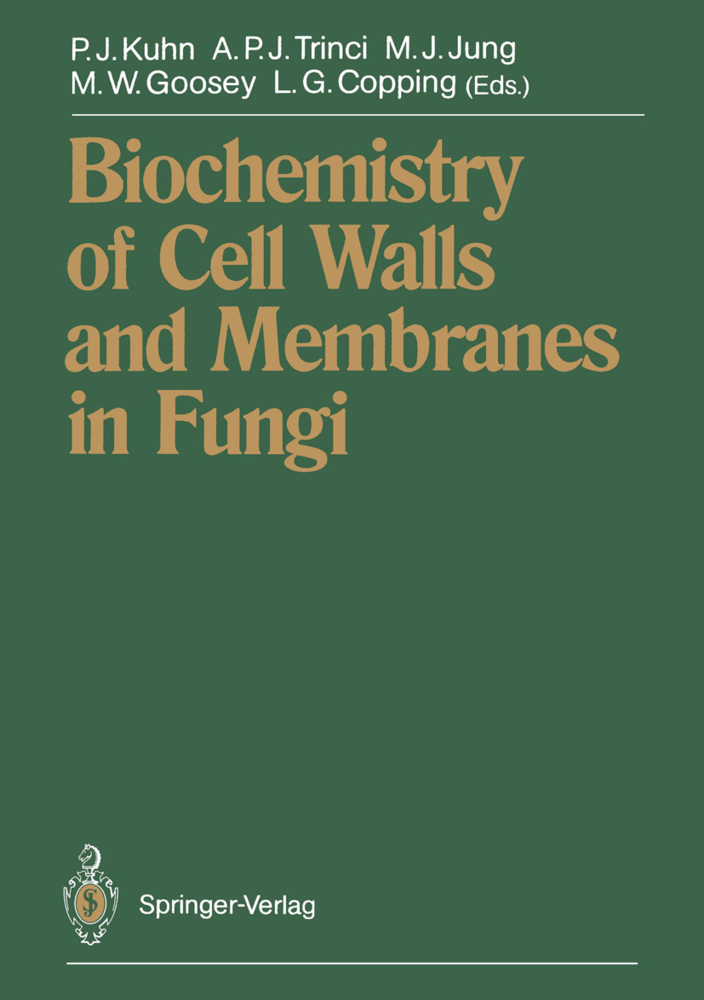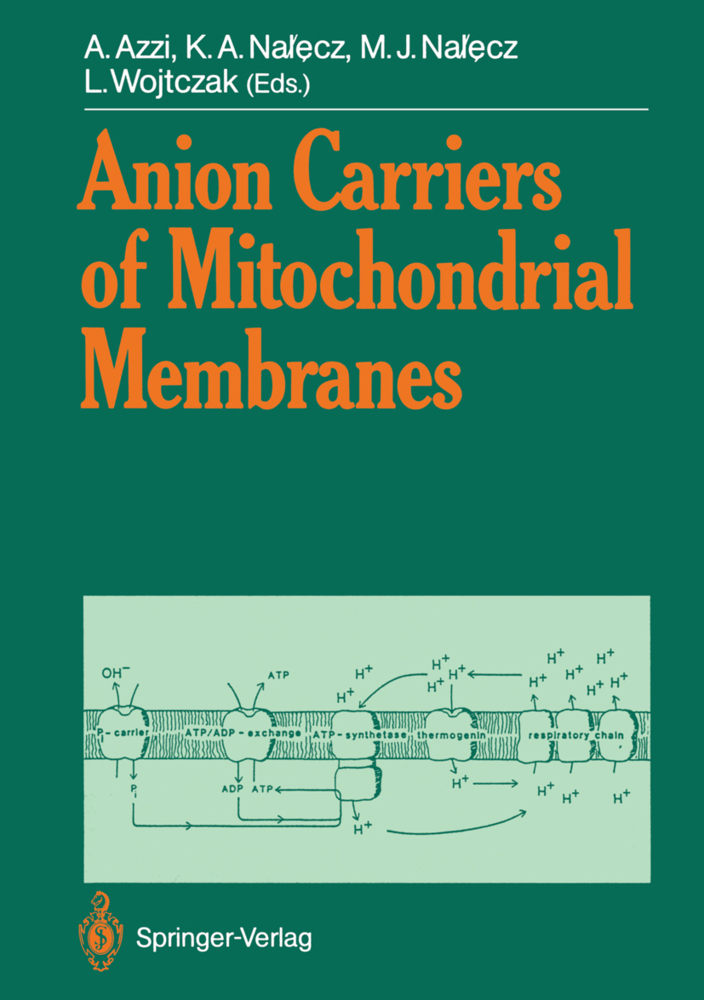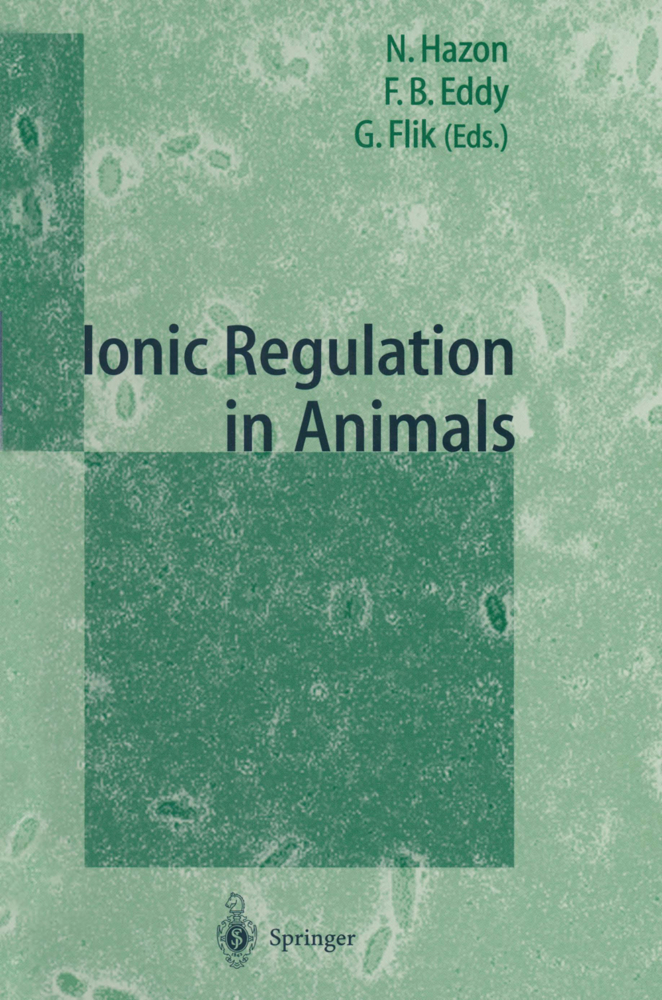Molecular Biology of Metal Homeostasis and Detoxification
Molecular Biology of Metal Homeostasis and Detoxification
One of the challenges faced by every cell as well as by whole organisms is to maintain appropriate concentrations of essential nutrient metals while excluding nonessential toxic metals. Toward that end, all organisms have developed mechanisms for metal homeostasis and detoxification to maintain metal levels within physiological limits. This book brings together current knowledge of the molecular basis of metal homeostasis and detoxification in various eukaryotic model systems, including yeasts, plants, and mammals. It focuses on the cellular systems controlling metal transport, intracellular distribution, and immobilization as well as on systems regulating metal-dependent transcription. In addition to environmental aspects (including phytoremediation), the book treats the pathophysiology of metal deficiency and overload in relation to disease.
Molecular mechanisms of copper homeostasis in yeast. Zinc in yeast: mechanisms involved in homeostasis. Iron in yeast: Mechanisms involved in homeostasis. Copper in mammals: mechanisms of homeostasis and pathophysiology. Zn2+, a dynamic signaling molecule. Iron in mammals: pathophysiological mechanisms of overload and deficiency in relation to disease. Cellular and whole organism aspects of iron transport and storage in plants. Functions and homeostasis of zinc, copper, and nickel in plants. Metal immobilization: where and how? Phytoremediation and hyperaccumulator plants. Family matters: gene regulation by metal-dependent transcription factors. Mechanisms of toxic metal tolerance in yeast. Transport of nonessential metals across mammalian cell membranes. Metals in biology: past, present, and future.
Tamás, Markus J.
Martinoia, Enrico
| ISBN | 978-3-642-06062-5 |
|---|---|
| Artikelnummer | 9783642060625 |
| Medientyp | Buch |
| Copyrightjahr | 2010 |
| Verlag | Springer, Berlin |
| Umfang | XX, 509 Seiten |
| Abbildungen | XX, 509 p. |
| Sprache | Englisch |

